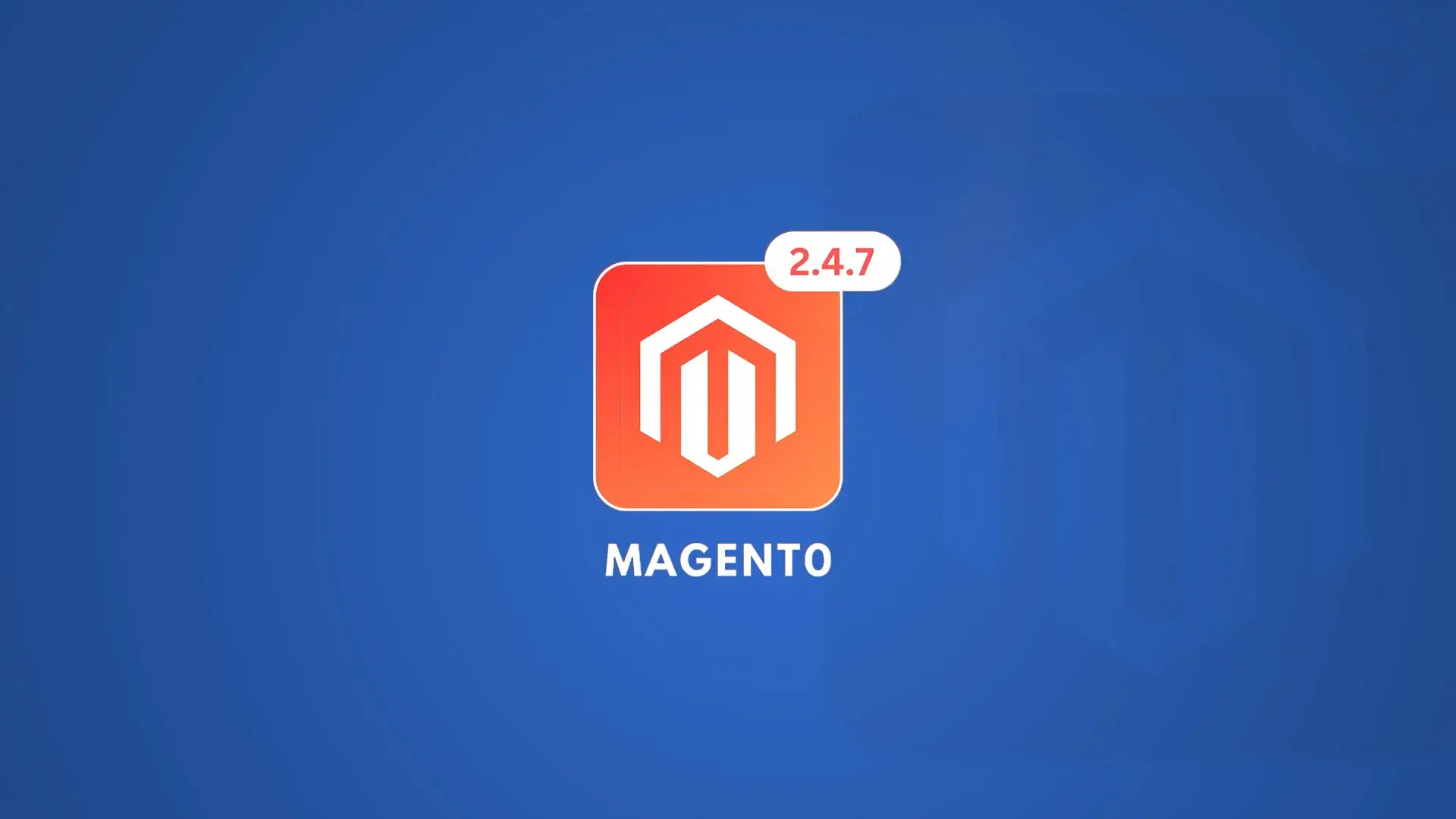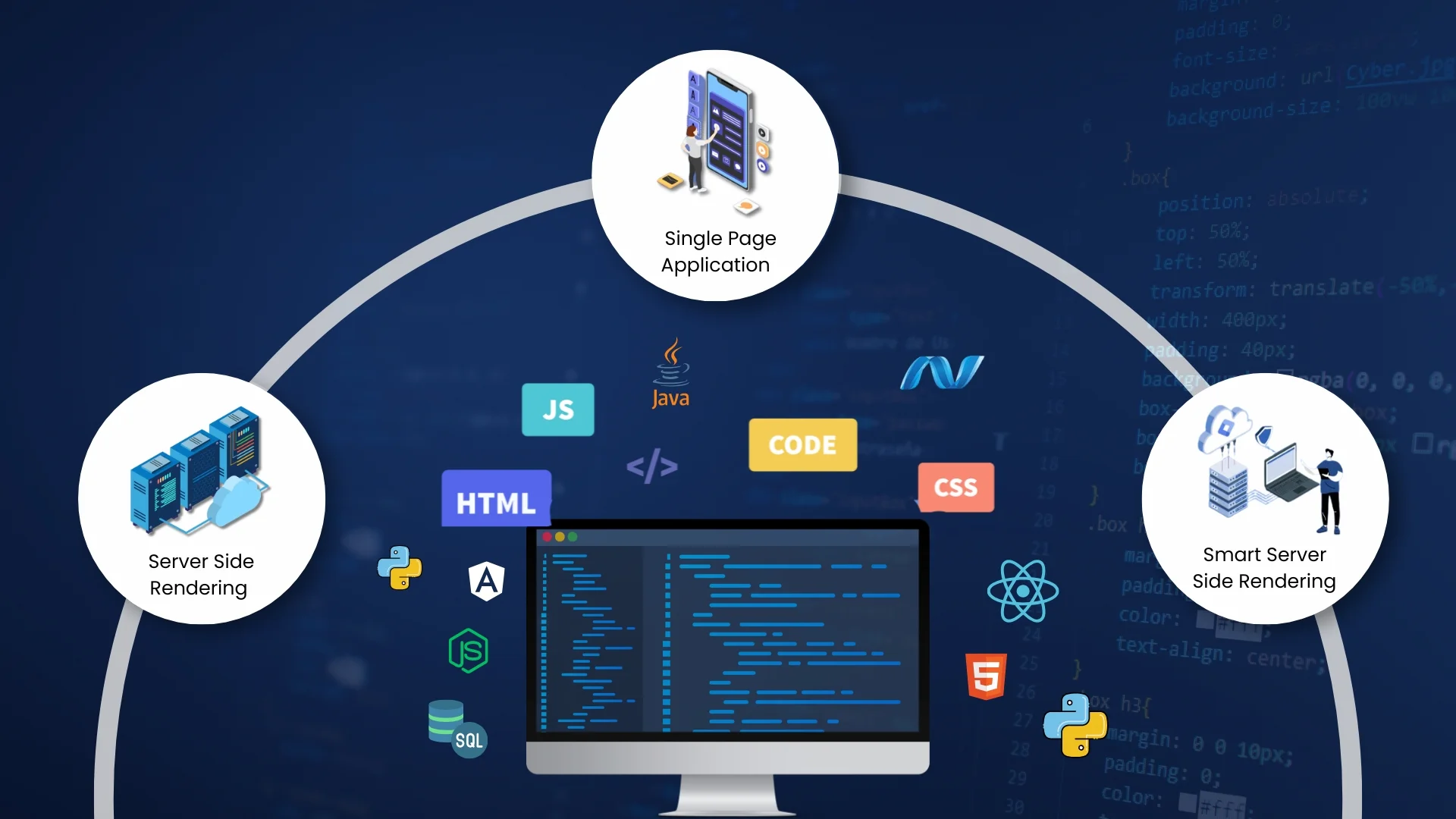Introduction
As Magento is stopping support for its 2.4.4 version and the new version with advanced security features, 2.4.7, has been released, it is crucial and imperative to proceed with the Magento version upgrade. It is also important to stay up to date. If you are planning to upgrade your Magento version, follow the below best practices.
Table of Contents
Pre-Upgrade Preparation
Backup Your Project: Before upgrading, back up the database in all environments – Integration, Staging, and Production. This step ensures that if anything goes wrong during the upgrade, you have a reliable backup to restore your data and configurations.
Compatibility Check: Ensure that your custom themes align with the new Magento version. Custom themes can sometimes cause issues during upgrades, so verifying their compatibility is essential. Additionally, validate Composer dependencies using magento-cloud local:build for third-party extensions.
Review Release Notes: Thoroughly read release notes and extension documentation. These notes often contain crucial information about new features, improvements, and potential issues with the magento version upgrade.
Dependencies: When planning a Magento version upgrade, verify that installed versions of essential technologies align with the target version. Failing to update may cause compatibility issues, errors, and limit the new Magento version’s capabilities.
Use Pre-Release Versions: Testing new releases for compatibility can save you headaches later on. Before upgrading your live environment, test the new Magento version in a development or staging environment. This allows you to identify and resolve any issues before impacting your production site.
Review Upgrade Plan Checklist: Refer to Magento’s Upgrade Plan Checklist when planning your upgrade. This checklist covers essential steps, considerations for a successful Magento version upgrade.
Budget and Resource Allocation: Magento version upgrade may require time, effort, and potentially additional tools or services. Ensure you have the budget and resources allocated to complete the upgrade successfully.
Database and Environment Checks
Database Testing: Perform tests on your database to address any issues that may arise post-upgrade. This includes checking for data integrity, schema changes, and performance optimizations. Running test scripts can help identify and fix potential problems before the upgrade.
Environment Settings: Update environment-specific settings to align with the new Magento version. This includes configurations such as cache settings, file permissions, and server requirements.
Search Service Compatibility: Ensure that your search service version is compatible with the PHP client version. Magento relies on search services like Elasticsearch for efficient search functionality.
Disk Space Check: Verify your MySQL database connection and available disk space via SSH. Make sure to allocate adequate disk space in the services.yaml file. Additionally, clearing cache and cleaning /log and /tmp directories can optimize space usage.

Post-Upgrade Tasks
After completing the upgrade, there are several post-upgrade tasks to ensure everything is running smoothly:
Indexer Status: Check and reindex as necessary using Magento’s indexer management tools. Indexing is crucial for efficient search and performance in Magento. Reindexing ensures that your product data, prices, and catalog information are up to date.
Cron Job Verification: Verify the status of your cron jobs and rerun them if needed. Cron jobs are essential for Magento’s scheduled tasks, such as updating product prices and sending transactional emails. Checking cron logs and the cron_schedule table helps ensure that these tasks are running as expected.
Testing: Conduct post-upgrade User Acceptance Testing (UAT) on both staging and production environments. UAT involves real users interacting with your site to ensure functionality aligns with expectations. Address any issues with third-party and custom extension upgrades during this phase. Automated testing minimizes human error and accelerates the testing process.
What else to check?
For successful Magento version upgrades, implement these best practices: view upgrades as chances to refine code quality and boost performance by refactoring and optimizing; keep a base instance for testing new features and configurations before deploying them live; conduct routine audits, including code reviews, performance assessments, security scans, and accessibility checks, to enhance overall project quality; and utilize Magento’s Extensibility platform for customization through well-built extensions, ensuring enhanced functionality without compromising the upgrade path.
Conclusion
By following these detailed steps and best practices, you can ensure a smooth and successful Magento version upgrade, minimizing disruptions and maximizing the benefits of the new features and improvements. Taking the time to prepare, test thoroughly, and address post-upgrade tasks will result in a more stable and efficient Magento project.
Why Sparity?
Sparity offers end-to-end Magento expertise, ensuring seamless project execution from conception to launch. With a deep understanding of Magento’s capabilities, Sparity delivers tailored solutions for optimal performance. Trust Sparity for comprehensive Magento services, from customization, migration and magento version upgrade to maintenance, to elevate your online store.
FAQs
What is the impact on Magento users as FedEx and UPS are set to retire their SOAP web services?
This Scheduled update would lead to significant technical disruptions and functionality loss. Read more
What are the Solutions for Magento users on FedEx and UPS SOAP Web Services retirement ?
Transitioning from the SOAP API to the RESTful API offers a solution for the impending retirement of SOAP services by UPS and FedEx. Read more














